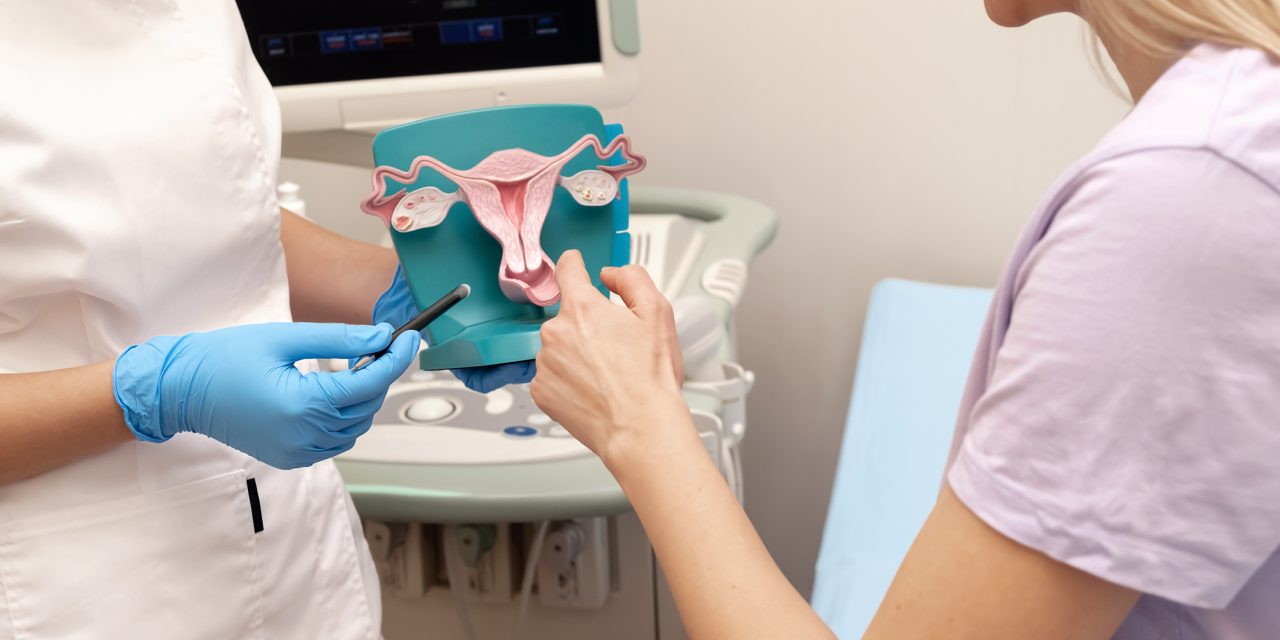The chemotherapy response score (CRS) proposed by Bohm and colleagues in 2015 has been validated as a reproducible method for determining histopathologic response of tubo-ovarian carcinoma to neoadjuvant chemotherapy and stratifies tumor response into 3 groups: CRS1 is defined as minimal/no response, CRS2 as moderate response, and CRS3 as marked response. Although described as a 3-tiered system, it essentially works as a 2-tiered system (CRS1/CRS2 vs. CRS3) for assessing prognosis. Here, we analyzed the prognostic value of CRS in a large cohort of tubo-ovarian carcinomas at a tertiary care center and evaluated the potential for Ki-67 labeling index on post-neoadjuvant chemotherapy samples to provide additional prognostic information. We included 170 patients with tubo-ovarian carcinoma treated with neoadjuvant chemotherapy followed by interval debulking surgery. We determined CRS for each case by reviewing slides from the interval debulking surgery resection specimen and calculated progression-free survival and overall survival. For each case with residual disease (CRS1 and CRS2, n=123, 72%), we also performed Ki-67 antibody staining and determined both average and highest Ki-67 labeling index. Consistent with prior studies, patients in our cohort with CRS1 and CRS2 showed significantly shorter progression-free survival and overall survival compared with CRS3. Further, in the subset of cases with CRS1 and CRS2, Ki-67 labeling index was predictive of OS at multiple cutoff points. An average Ki-67 labeling index of 20% (log rank test P-value: 0.0004) or a highest Ki-67 labeling index of 50% (log rank test P-value: 0.0002) could provide a practically useful cutoff. Multivariable cox proportional hazard model showed worse overall survival with both, average Ki-67 >20% (hazard ratios: 2.02, P-value: 0.00422, confidence interval: 1.25-3.28) and highest Ki-67 >50% (hazard ratios: 1.88, P-value: 0.0205, confidence interval: 1.1-3.2). We propose adding Ki-67 labeling index to CRS to provide additional prognostic separation between patients with CRS1 and CRS2.
Impact of Ki-67 Labeling Index on Prognostic Significance of the Chemotherapy Response Score in Women With Tubo-ovarian Cancer Treated With Neoadjuvant Chemotherapy.


